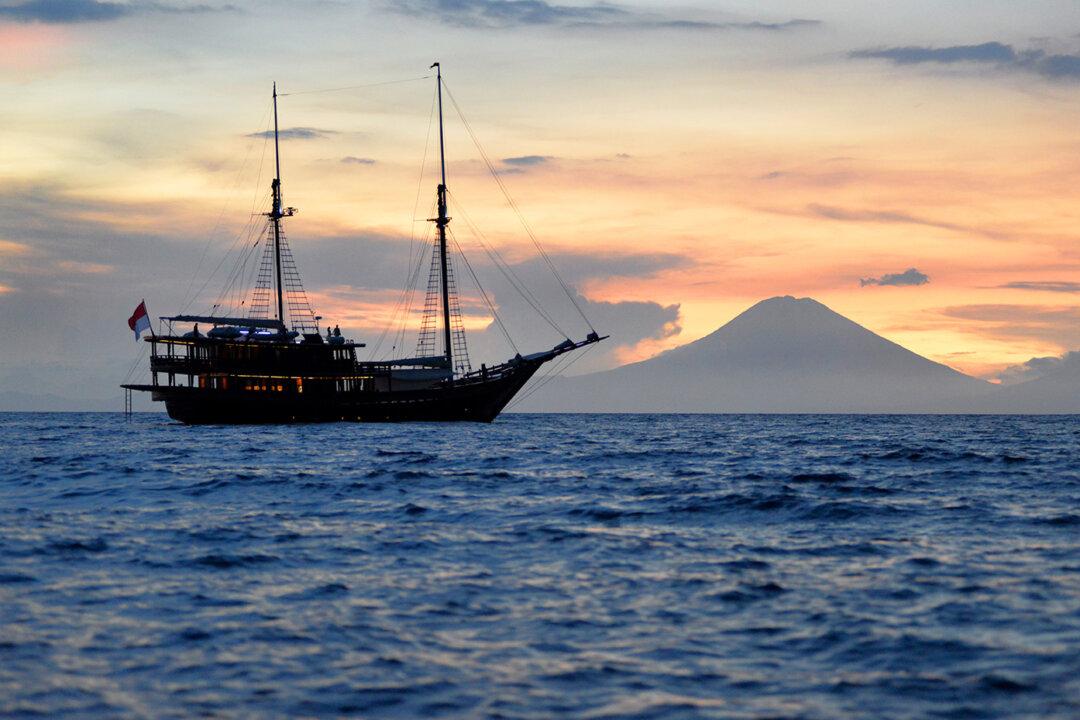The Wallace Line, separates the eco zones of Asia and Australia and runs through Indonesia, between Borneo and Sulawesi (Celebes), and through the Lombok Strait between Bali and Lombok. The distance between Bali and Lombok is small, about 35km (22 miles) but Wallace found a clear and striking division between organisms to the west (related to Asiatic species) and to the east of the line (species of Asian and Australian origin).
Relatively little has changed since naturalist Alfred Russel Wallace (1823-1913) explored the area, collecting over 125,000 specimens ranging from large mammals to tiny insects, exotic butterflies and spectacular birds of paradise. In The Malay Archipelago (1869), one of the great classics of natural history and travel, Wallace describes his journeys, discoveries of varieties of animals and plants he collected and his experiences with indigenous people with a wealth of detail.


